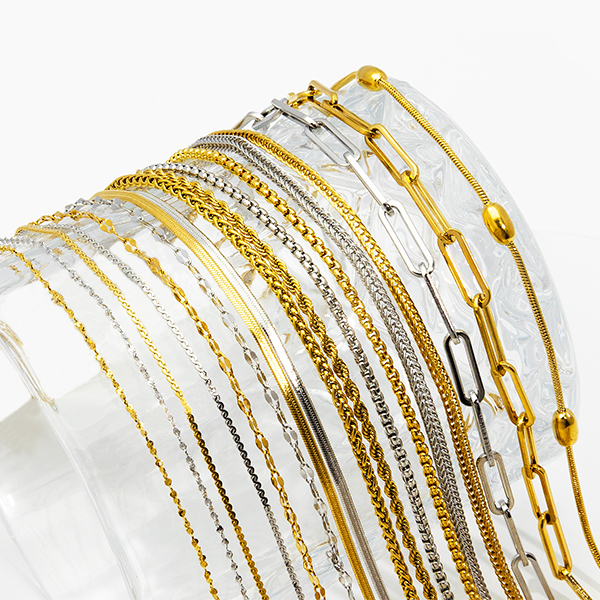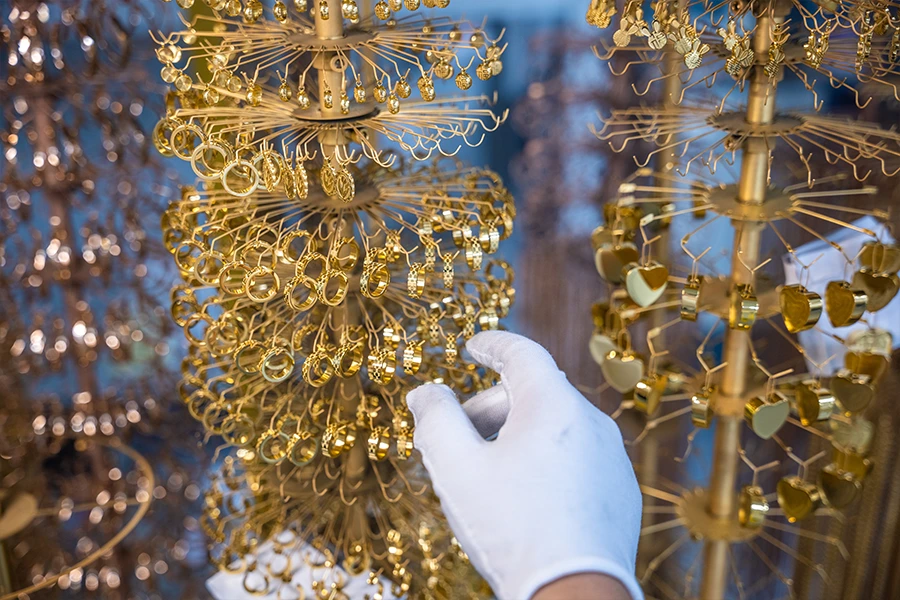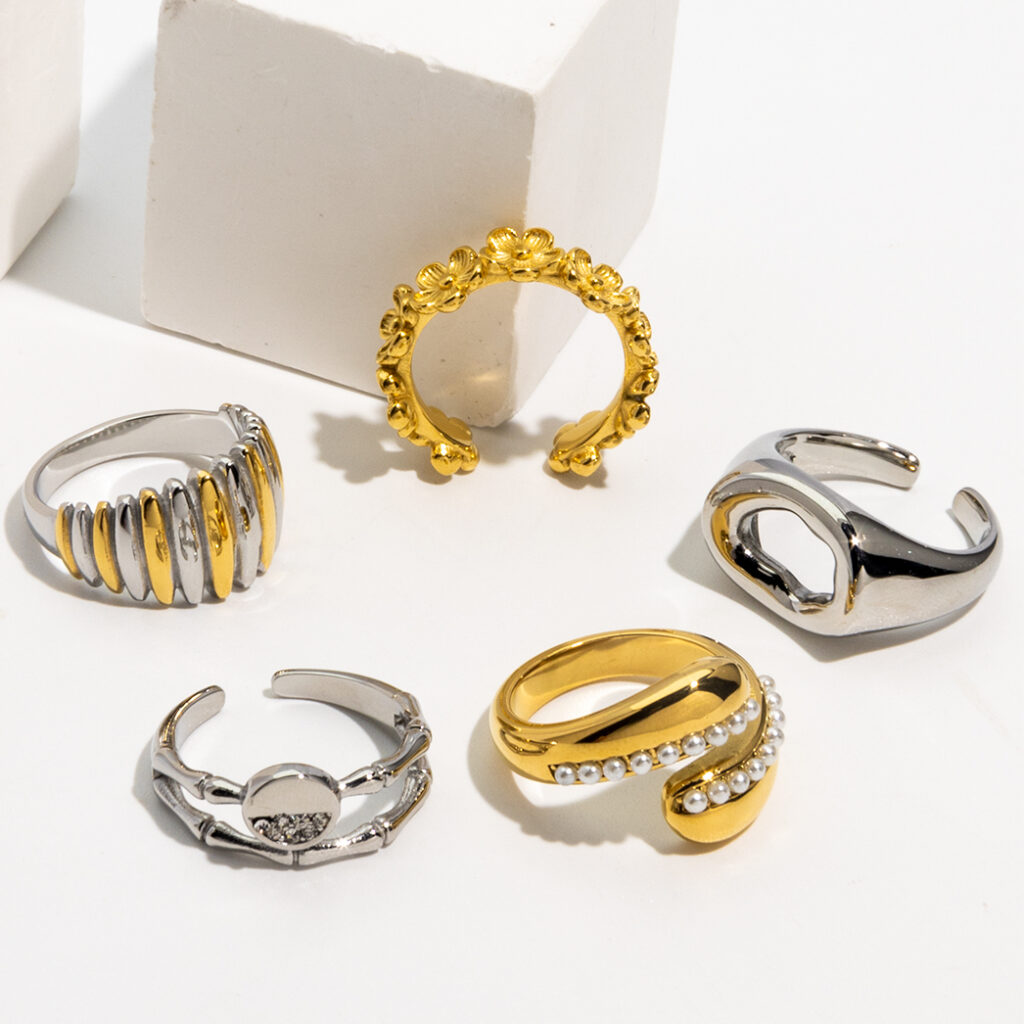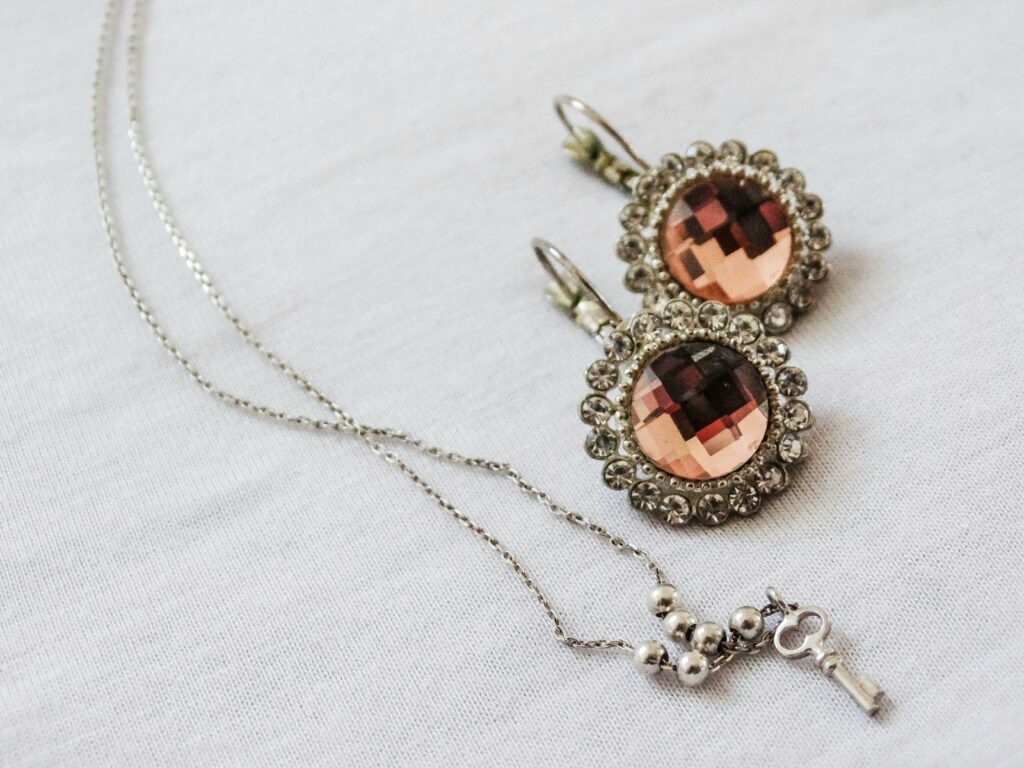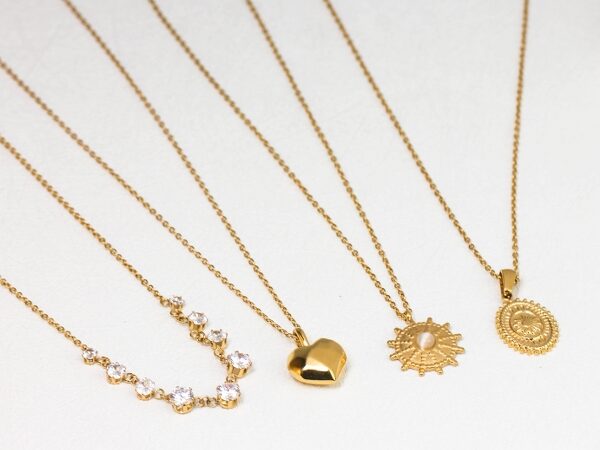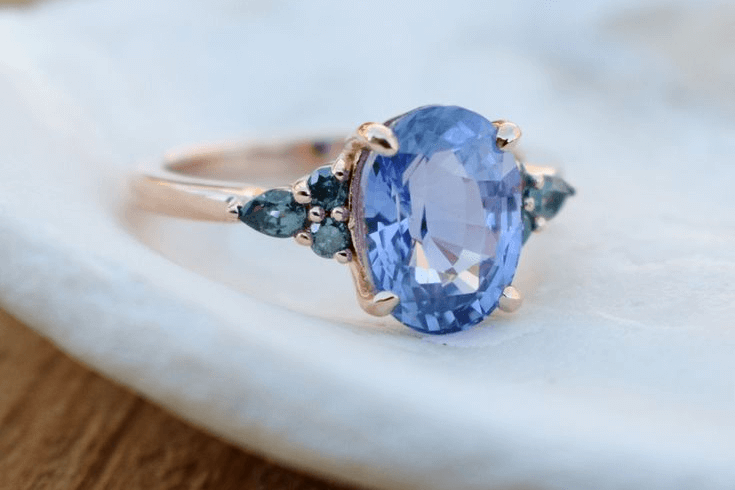Gold jewelry has always been highly valued and sought after for its beauty and elegance. Sin embargo, there are various types of gold jewelry available in the market, each with its own unique qualities and characteristics. Two such types are gold plated and gold filled jewelry. While they may sound similar, there are important differences between the two. In this article, we will explore these differences and help you understand what sets gold plated and gold filled jewelry apart from each other.
Gold Plated Jewelry vs. Gold Filled Jewelry Overview: Which is Better?
| Characteristic | Gold Plated Jewelry | Gold Filled Jewelry |
| Base Metal | Usually brass, cobre, or silver | Typically brass, but can be other metals |
| Gold Layer Thickness | Thin, typically less than 0.5 microns | Thicker, often 5% a 10% of the item’s weight |
| Durabilidad | Less durable, can wear off over time | More durable, longer-lasting |
| Resistencia al deslustre | Prone to tarnishing and discoloration | Resistant to tarnish and discoloration |
| Price | Less expensive | More expensive |
| Gold Content | Minimal gold content | Significant gold content |
| Alergias | May cause skin reactions in some people | Less likely to cause allergies |
| Value Retention | Depreciates rapidly | Retains value better |
| Mantenimiento | Requires more frequent re-plating | Low maintenance |
| Estampado | May not always be stamped | Usually stamped with gold content |
What is Gold Plated Jewelry?
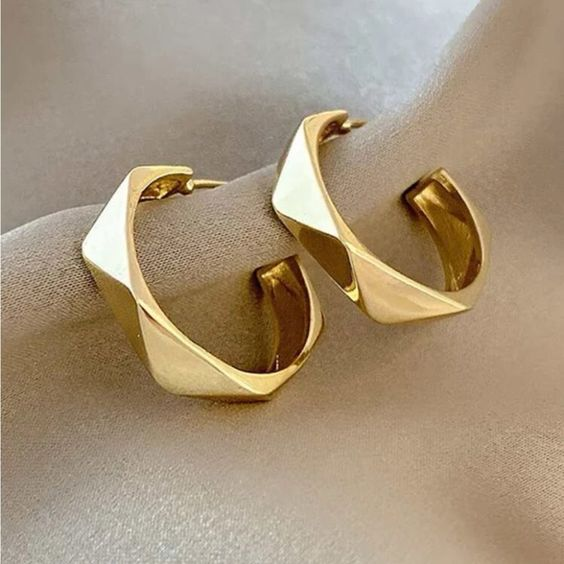
Gold plated jewelry is created by electroplating a thin layer of gold onto the surface of another metal, such as brass or silver. The gold layer is usually quite thin, measuring around 0.5 a 2.5 microns in thickness. The base metal provides strength and durability to the piece, while the gold layer gives it that luxurious and glamorous appearance.
The process of gold plating involves immersing the base metal into a solution containing gold ions. An electric current is then passed through the solution, causing the gold ions to be attracted to the surface of the metal and adhere to it. This creates a bond between the gold and the base metal, resulting in a piece of jewelry that has a thin layer of gold covering its surface.
What is Gold Filled Jewelry?
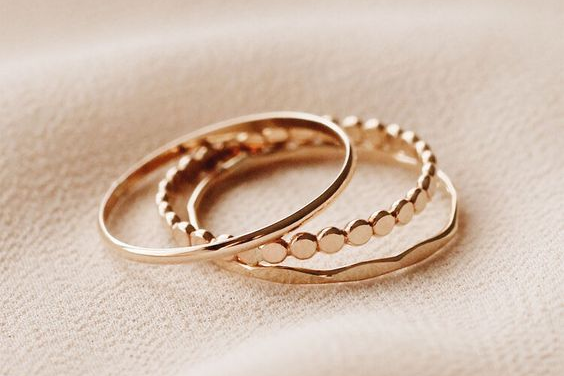
On the other hand, gold filled jewelry is made by bonding a thick layer of gold to a base metal core. Unlike gold plated jewelry, where the gold layer is thin and can wear off over time, gold filled jewelry is crafted with a much thicker gold layer. In fact, gold filled jewelry must have a gold layer that is at least 5% or 1/20th of the overall weight of the piece.
The process of creating gold filled jewelry involves mechanically bonding the gold layer to the base metal using heat and pressure. This results in a piece of jewelry that has a much stronger bond between the gold and the base metal, making it more durable and long-lasting compared to gold plated jewelry.
Gold Plated Jewelry Pros & Cons
Gold plating is a popular method used to achieve the luxurious look of gold jewelry at a fraction of the cost. While it may seem like an attractive option, it is important to understand the pros and cons of gold plated jewelry before making a purchasing decision.
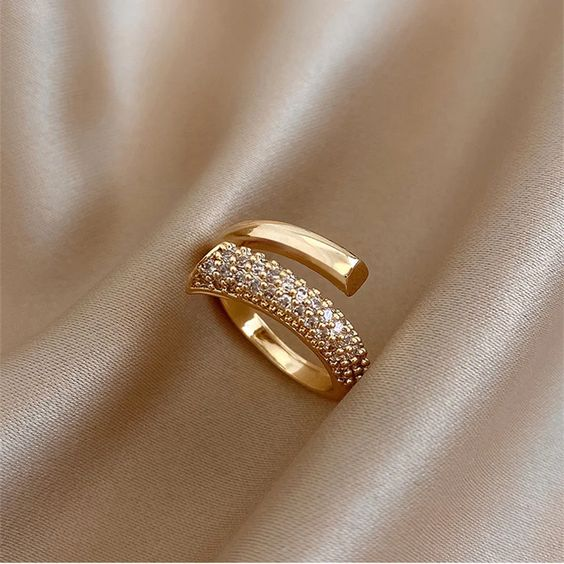
Gold Plated Jewelry Pros
Asequibilidad
One of the most significant advantages of gold plated jewelry is its affordability. Since only a thin layer of gold is used to coat the surface of a base metal, the cost is considerably lower compared to solid gold or gold-filled jewelry.
Aesthetic Appeal
Gold plated jewelry offers a stunning and luxurious appearance, making it difficult to distinguish from solid gold at first glance. It can enhance any outfit and provide a touch of elegance and sophistication.
Versatilidad
Gold plating allows for a wide range of designs and innovations since it can be applied to various materials. This versatility allows jewelry designers to create a diverse range of styles and shapes, providing consumers with endless options.
Gold Plated Jewelry Cons
Durabilidad
One of the main drawbacks of gold plated jewelry is its durability. The thin gold layer can gradually wear off over time, exposing the base metal underneath. Factors such as frequent wear, exposure to moisture, and harsh chemicals can accelerate this process, causing the jewelry to lose its luster and become tarnished.
Allergic Reactions
Certain individuals may experience allergic reactions to gold plating. The base metal used underneath the gold layer may contain nickel or other allergenic metals, leading to skin irritation, redness, or rashes. It is crucial to determine if you have any metal allergies before purchasing gold plated jewelry.
Limited Lifespan
Due to the gradual wear and tear, gold plating has a limited lifespan compared to other gold jewelry options. While it can last for an extended period with proper care, it is not as durable as solid gold or gold-filled jewelry.
Gold Filled Jewelry Pros & Cons
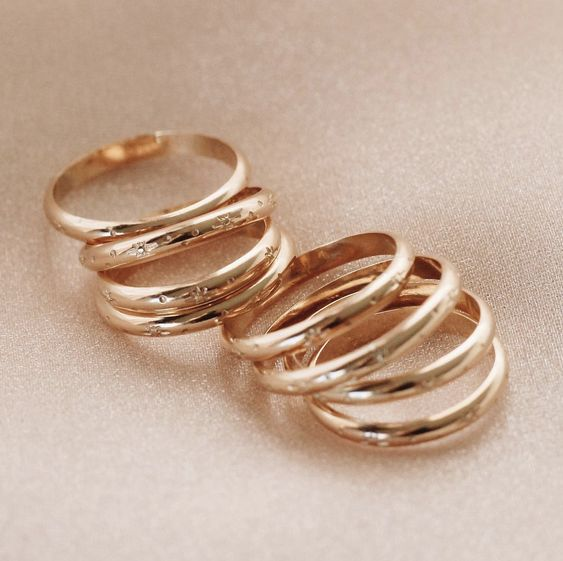
Gold Filled Jewelry Pros
Asequibilidad
One of the prominent advantages of gold filled jewelry is its affordability compared to solid gold. With gold filled pieces, you get a substantial layer of genuine gold at a fraction of the cost of solid gold jewelry.
Durabilidad
Gold filled jewelry is known for its durability and longevity. The thick layer of gold is mechanically bonded to a base metal, such as brass or copper, making it more resistant to wear and tear compared to gold plated items. This ensures that gold filled jewelry retains its beauty and shine for an extended period.
Hipoalergénico
For individuals with sensitive skin or metal allergies, gold filled jewelry can be a viable option. Unlike certain base metals or alloys that can cause irritation or allergic reactions, gold filled jewelry is hypoallergenic as the gold layer acts as a barrier between the skin and the base metal.
Gold Filled Jewelry Cons
Limited Gold Layer Thickness
Despite its positive attributes, gold filled jewelry does have limitations. The Federal Trade Commission (FTC) in the United States mandates that gold filled jewelry must have a minimum gold layer thickness of 5% of the total weight. This means that the gold layer cannot be as thick as solid gold, making it more susceptible to wear over time.
Not Solid Gold
While gold filled jewelry contains a considerable layer of gold, it is essential to note that it is not solid gold throughout. Some individuals may prefer the prestige and value associated with wearing solid gold jewelry.
Care Requirements
Although gold filled jewelry is more durable than gold plated pieces, it still requires proper care to maintain its appearance. Avoid exposing it to harsh chemicals, substances, or excessive moisture, which can cause the gold layer to wear off or fade over time.
Gold Plated Applications
Gold plating has various applications across different industries and products. Here, we will explore some common uses of gold plating and how it enhances the appearance and functionality of these items.
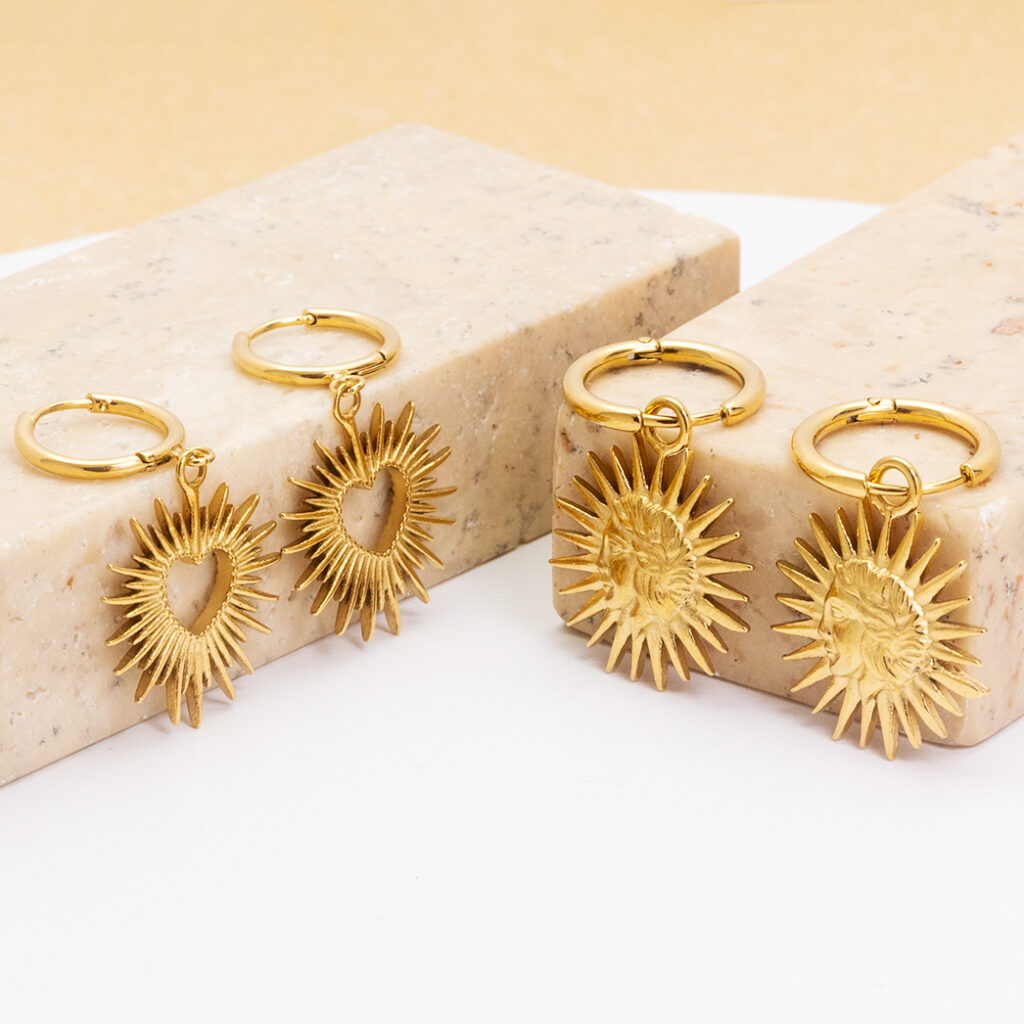
Jewelry
For jewelry manufacturers, one of the most prevalent applications of gold plating is in jewelry manufacturing. Gold-plated jewelry offers an affordable alternative to solid gold pieces while still providing a luxurious and glamorous look. It is commonly used to plate earrings, collares, esposas, and rings, adding a touch of elegance to everyday accessories.
Electronics
Gold plating is extensively used in the electronics industry due to its excellent conductivity and corrosion resistance. It is commonly applied to connectors, switches, and semiconductors to ensure efficient and long-lasting performance. Gold-plated connectors also offer low contact resistance and superior signal transmission, making them ideal for high-quality audio and video equipment.
Watches
Gold plating is a popular choice for watch manufacturers as it adds a sophisticated and timeless appeal to timepieces. The gold layer not only enhances the aesthetic value but also provides durability and tarnish resistance. From luxury watches to fashion-forward designs, gold plating adds a touch of class to any watch style.
Decorative Items
Gold plating is often utilized in the creation of decorative pieces and objets d’art. From ornate picture frames and decorative cutlery to elegant home décor accents, gold-plated items exude opulence and refinement. The shiny, lustrous finish of gold plating elevates the overall appeal of these items, turning them into gorgeous statement pieces.
Automotive Industry
Gold plating finds its place in the automotive industry, primarily for decorative purposes. It is commonly used to plate emblems, badges, trim, and exhaust tips to give a luxurious look to vehicles. Además, gold plating provides a protective layer against corrosion in some automotive components.
Fashion Accessories
Gold plating is also applied to various fashion accessories, such as belt buckles, handbag hardware, and shoe embellishments. This lends a chic and sophisticated appeal to these items, making them stand out and complement any outfit.
Gold Filled Applications
Gold filled jewelry is an excellent alternative to expensive solid gold pieces due to its durability and affordability. It consists of a thick layer of gold bonded to a base metal core, creating a high-quality piece that retains the look and feel of genuine gold. Gold filled jewelry finds numerous applications across various industries and offers several advantages.
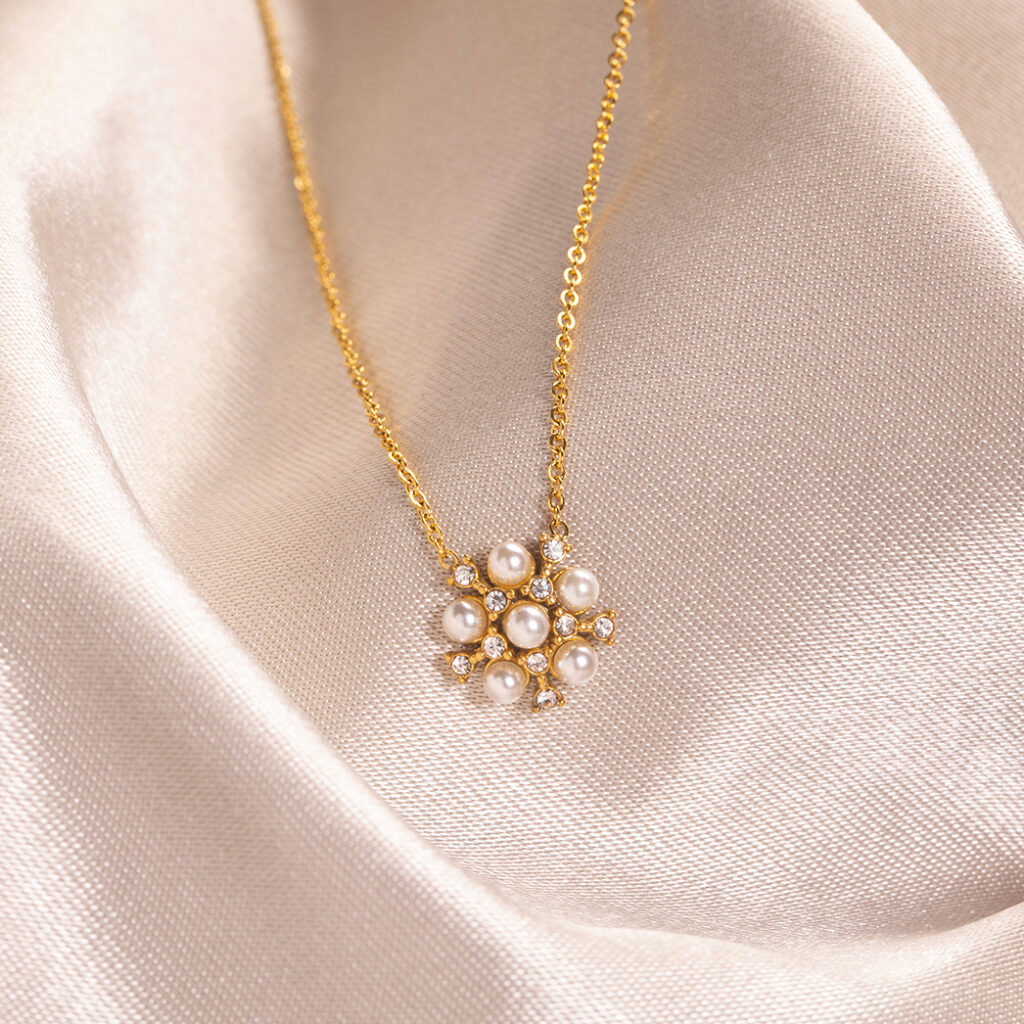
Jewelry
Gold filled jewelry provides an affordable option for those looking to enjoy the elegance and luxury of gold without breaking the bank. It is commonly used to create necklaces, esposas, pendientes, and rings. The thick layer of gold ensures long-lasting wear and resists tarnishing, making it a popular choice amongst jewelry enthusiasts.
Watchmaking
Gold filled material is also extensively used in the watchmaking industry. It offers a cost-effective alternative to solid gold watch cases, bands, and other components. Gold filled watches not only provide the look and feel of luxury but also offer excellent durability and resistance to wear.
Electronics
Gold filled components are frequently used in the electronics industry due to their superior conductivity and corrosion resistance. Gold’s excellent conductivity ensures efficient transmission of electrical signals, making it an ideal choice for connectors, switches, and integrated circuit boards. Gold filled applications in electronics guarantee reliability and longevity.
Medals and Trophies
Gold filled metal is commonly employed in the production of medals, trophies, and other awards. The layer of gold on the surface imparts a prestigious and authentic appearance, lending an air of excellence to these items. Gold filled medals and trophies represent a cost-effective option that still exudes the elegance and significance associated with gold.
Decorative and Artistic Applications
Gold filled material is widely used in various decorative and artistic applications. It can be utilized in the creation of picture frames, sculptures, and decorative accents, adding a touch of luxury and sophistication to interior design projects. Gold filled applications in artwork showcase the artist’s attention to detail and craftsmanship.
Conclusion
In conclusion, while gold plated and gold filled jewelry may appear similar at first glance, there are important distinctions between the two. Gold plated jewelry consists of a thin layer of gold that is electroplated onto a base metal, while gold filled jewelry has a much thicker layer of gold that is mechanically bonded to a base metal core. While gold plated jewelry offers affordability and design flexibility, it may require re-plating over time and can cause skin irritation in some individuals. On the other hand, gold filled jewelry provides durability, long-lasting color, and hypoallergenic properties, albeit at a higher cost. Ultimately, the choice between gold plated and gold filled jewelry comes down to personal preference, priorities, and budget.


